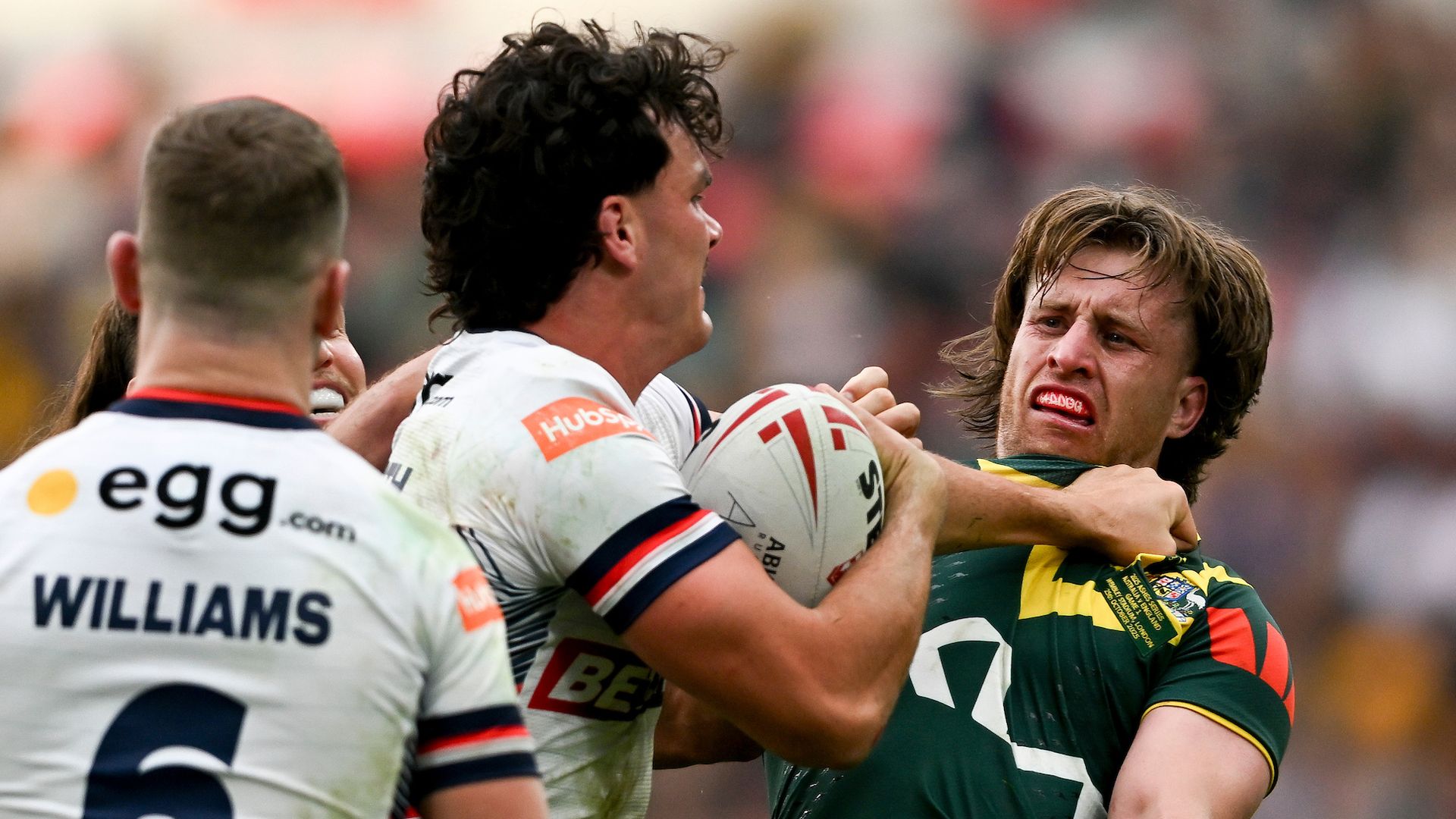The Hundred’s First Player Auction: A Financial Power Grab That Threatens the Spirit of the Game and Ignites Class Warfare in Sports
In a groundbreaking move, The Hundred, the innovative cricket competition launched in 2020, has announced its first player auction scheduled for March 2026. This decision marks a significant shift in the selection and salary structure of the tournament, which has been a subject of both praise and criticism since its inception. The introduction of an auction system is poised to transform the landscape of player recruitment and compensation, drawing parallels to the contentious debates surrounding capitalism, income inequality, and the commercialization of sports.
The Hundred was designed to attract a new audience to cricket, particularly younger fans, by offering a fast-paced, shorter format of the game. With its unique structure, featuring eight city-based franchises, the competition aimed to create an engaging spectacle that would elevate the profile of cricket in the UK. However, the introduction of a player auction raises questions about the integrity of the sport and the motivations behind such a drastic change.
Historically, player recruitment in cricket has been based on a combination of merit, performance, and team needs, with players often being signed on contracts that reflect their skills and contributions to the team. The auction system, however, introduces a competitive bidding process that could lead to inflated salaries and a focus on financial power rather than sporting merit. This shift mirrors the broader societal concerns over wealth disparity, where the richest franchises may dominate the recruitment process, potentially sidelining talented players from less affluent backgrounds.
The implications of this auction system extend beyond player salaries. It could fundamentally alter the dynamics within teams, creating an environment where financial clout overshadows teamwork and collaboration. The pressure to secure high-profile players may lead franchises to prioritize star power over developing homegrown talent, which has traditionally been a cornerstone of cricket’s identity. This trend could exacerbate the existing divide between established players and emerging talent, as the latter may find it increasingly difficult to break into the professional ranks.
Moreover, the auction format could set a precedent for other sports leagues, prompting a shift toward similar financial models that prioritize profit over the essence of competition. This trend raises ethical questions about the commercialization of sports and its impact on the values that underpin athletic competition. As franchises engage in bidding wars, the focus may shift from the love of the game to the pursuit of financial gain, potentially alienating fans who cherish the sport’s heritage.
Critics of the auction system argue that it undermines the spirit of cricket, a game steeped in tradition and camaraderie. The Hundred was initially celebrated for its efforts to modernize the sport while maintaining its core values. However, the introduction of an auction could be perceived as a betrayal of those principles, leading to a backlash from purists who fear that the game is being commodified.
The financial implications of the auction are also significant. With the potential for inflated salaries, franchises may face increased pressure to generate revenue through ticket sales, merchandise, and sponsorship deals. This could lead to a cycle where the pursuit of profit overshadows the development of the sport itself. As franchises scramble to attract top talent, the risk of financial instability looms large, particularly for those unable to compete in the bidding process.
The auction’s timing is also noteworthy, as it coincides with a broader trend in sports where leagues are increasingly adopting auction systems to enhance competitiveness and profitability. The Indian Premier League (IPL) has successfully utilized auctions to create a dynamic player market, but the context of cricket in the UK is markedly different. The Hundred’s attempt to replicate this model raises concerns about whether it can sustain the same level of excitement and engagement without alienating traditional cricket fans.
As the cricketing world braces for the impact of this monumental change, the question remains: will the auction system elevate The Hundred to new heights, or will it fracture the very foundation of the sport? The decision has already sparked heated debates among players, fans, and cricketing authorities, with many expressing concerns about the potential consequences of prioritizing financial gain over the integrity of the game.
In the lead-up to the auction, the focus will undoubtedly shift to the financial strategies employed by franchises as they prepare to vie for the best talent. This could lead to a scenario where teams are forced to make difficult decisions about their rosters, balancing the desire for star players with the need to maintain a sustainable financial model. The ramifications of these choices will be felt not only on the field but also in the broader cricketing community, as the sport grapples with its identity in an increasingly commercialized landscape.
As the first player auction approaches, the cricketing world stands at a crossroads. The Hundred’s decision to adopt this model has the potential to reshape the future of the sport, igniting passionate debates about the direction of cricket and its core values. The outcome of this auction will not only determine the fate of individual players but also the trajectory of cricket in the UK, as it navigates the delicate balance between tradition and modernity.




